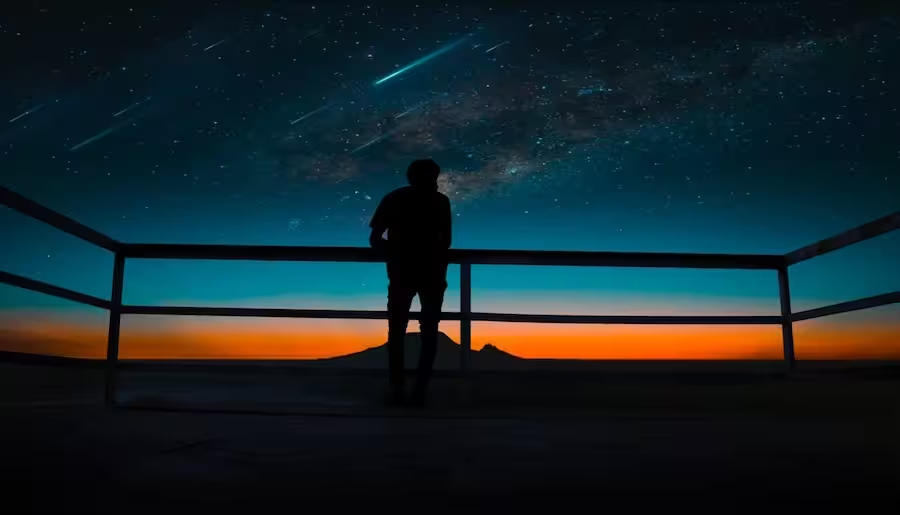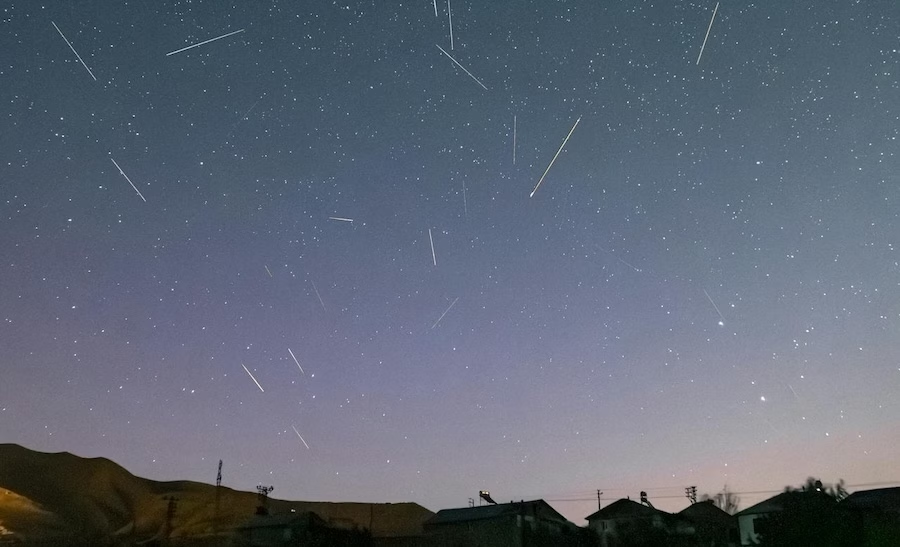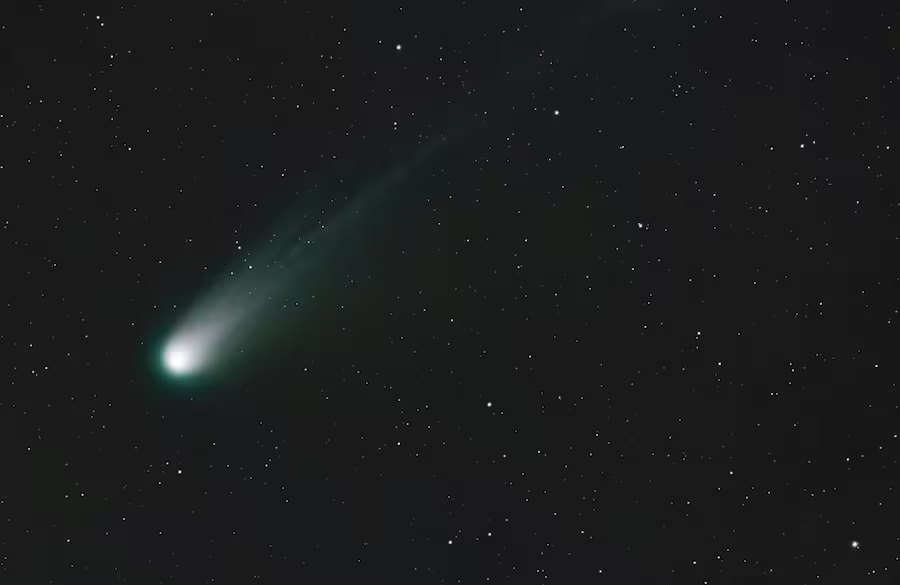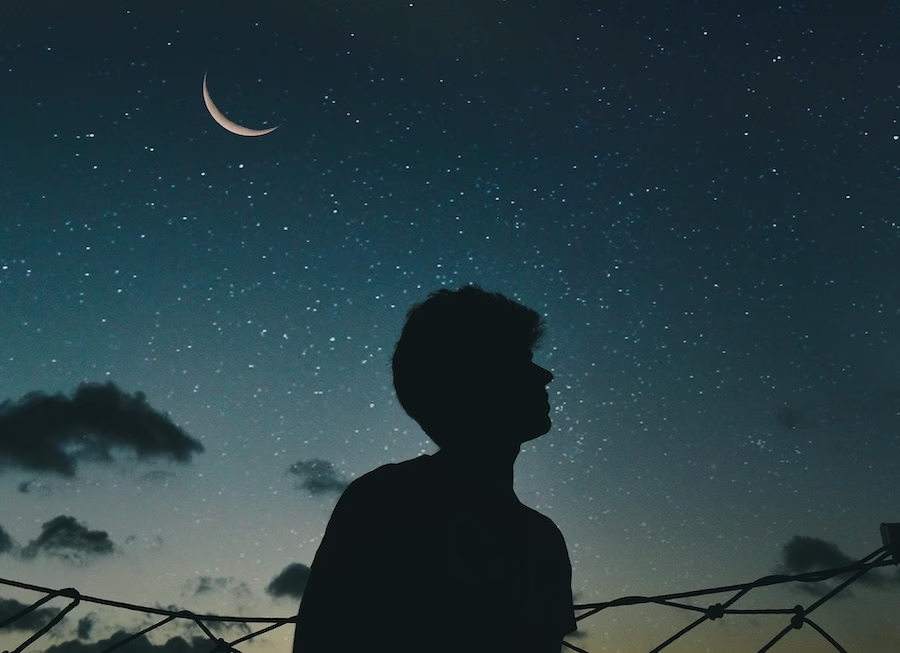Click here to get the complete 2025 guide to meteor showers over Long Island.
As the year draws to a close, skywatchers on Long Island have several exciting opportunities to witness the beauty of a meteor shower lighting up the night sky. These celestial events offer a spectacular display of shooting stars, captivating both seasoned astronomers and casual stargazers alike. Whether you’re planning a cozy evening outdoors or a late-night adventure with friends, mark your calendars for the upcoming meteor showers in November and December. Here’s a closer look at the Taurids, Leonids, Geminids, and Ursids, including when and where to catch these stunning astronomical phenomena before the year ends. Get ready to enjoy nature’s fireworks and marvel at the wonders of the universe!
Taurid Meteor Showers Overview
Key Dates:
- Southern Taurids: November 4-5
- Northern Taurids: November 11-12
The Taurid meteor showers are composed of two streams: the Southern Taurids and the Northern Taurids, both radiating from the constellation Taurus. The best viewing times are around midnight when Taurus is high in the sky, especially between late October and early November when the two showers overlap.
Active Periods:
- Southern Taurids: Active from September 10 to November 20
- Northern Taurids: Active from October 20 to December 10
Each shower typically produces about five meteors per hour (10 when they overlap), with some appearing as fireballs. The predicted peak for the Southern Taurids is November 5th at 3am EST, while the Northern Taurids peak on November 12th at 2am EST.
Viewing Conditions:
- Best to watch around midnight, particularly on days when the moon is less bright. The new moon on November 1 will provide excellent viewing conditions for the Southern Taurids, while the waxing crescent moon will interfere with visibility during the Northern Taurids’ peak.
Origins of the Taurids:
- The Southern Taurids are associated with Encke’s Comet (2P/Encke), while the Northern Taurids are linked to asteroid 2004 TG10, which shares an orbit with the comet. The Taurids are believed to have originated from a larger object that broke apart around 20,000 years ago, forming various meteor showers, including the Taurids.
Meteor Shower Dynamics:
- Meteors appear to radiate from a specific point in the sky, and for the best viewing, look about 30-40 degrees away from the radiant. The Earth encounters dense streams of debris left by these celestial bodies, resulting in periodic meteor showers.
With optimal conditions and dark skies, viewers can expect to see the spectacular display of Taurid meteors this November.
The Leonids: November 17-18, 2024
The 2024 Leonid meteor shower will peak during the morning of November 18, competing with the light from a waning gibbous moon. Best viewing times are late on November 17 and the early hours of November 18. The shower runs from November 3 to December 2.
- Peak Time: 1am EST on November 18
- Expected Meteors: 10 to 15 per hour under ideal dark conditions
- Radiant: The meteors will appear to radiate from the constellation Leo, which rises around midnight and is highest at dawn.
- Moon Phase: The full moon is on November 15, making it difficult to see fainter meteors.
The Leonids are known for spectacular meteor storms, the most notable being in 1966, when thousands of meteors fell in a short time.
The Geminids: December 13-14, 2024
The Geminid meteor shower will peak on the nights of December 13-14. This year, viewing will be hindered by a 90% illuminated Waxing Gibbous moon. The shower runs from November 19 to December 24, typically producing over 100 meteors per hour when conditions are optimal.
- Best Viewing: Around 2 a.m. EST
- Radiant: Constellation Gemini, visible across the night sky but not limited to its direct vicinity.
- Meteor Source: Associated with asteroid 3200 Phaethon, which behaves like a comet and orbits the sun every 1.4 years.
Ursid Meteor Shower: December 21-22, 2024
The Ursid meteor shower peaks on the night of December 21-22, with expected rates of up to 10 meteors per hour. This shower is active from December 17-26.
- Moon Phase: A 55% illuminated Last Quarter Moon may hinder visibility, so aim to observe before it rises or find a shaded spot.
- Radiant Location: Constellation Ursa Minor, visible all night from the Northern Hemisphere.
- Meteor Source: Originates from comet 8P/Tuttle, last observed in 2021 and returning in 2035.
How to View a Meteor Shower
Experts say the best way to observe any meteor shower is to find a nice dark sky without obstruction, lay down in a lawn chair, allow time for your eyes to adjust to the dark, and just look up – no telescope needed although you might want to keep a pair of binoculars handy.




